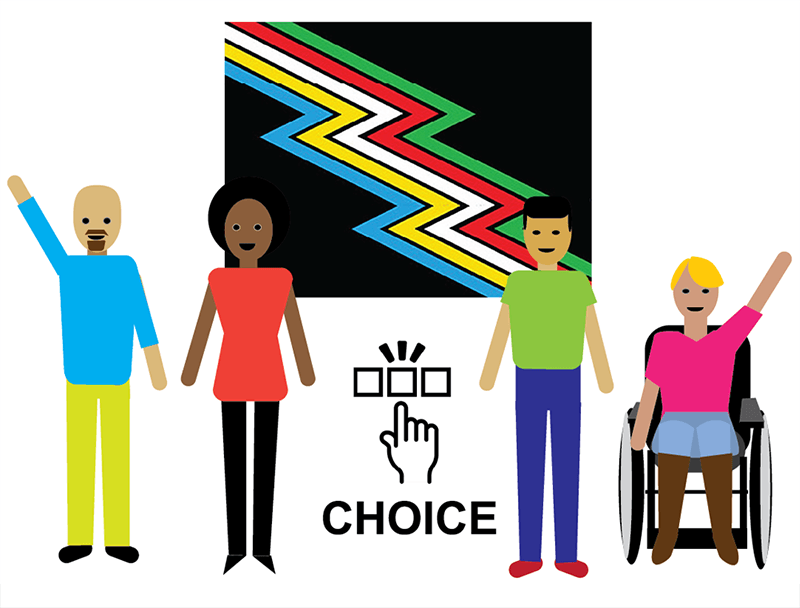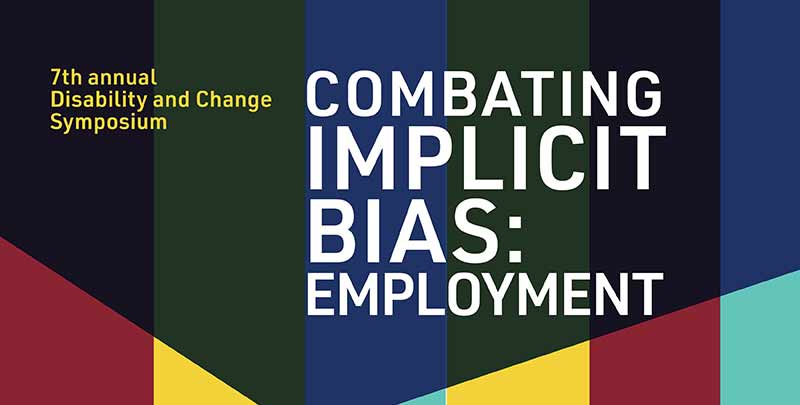Home and Community Based Services Final Rule Illustrated Guide: The HCBS Final Rule
What is the HCBS Final Rule?
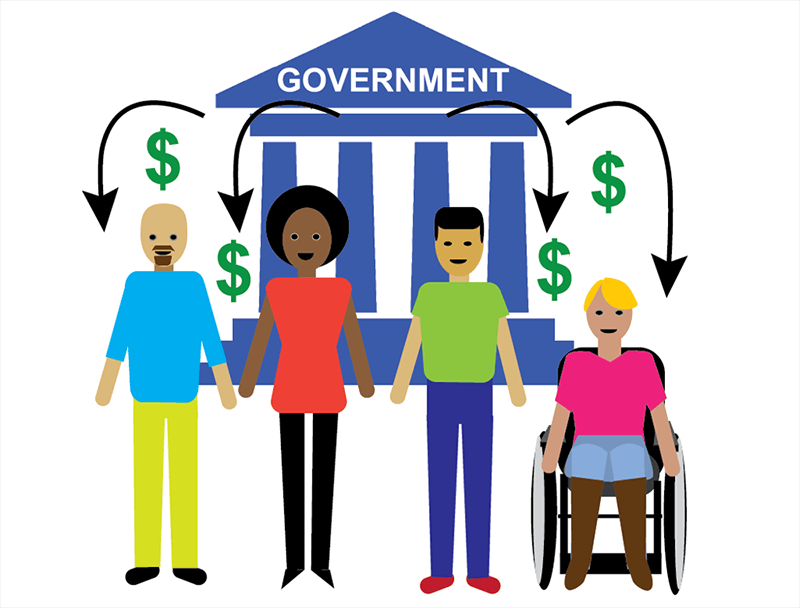
People with intellectual and developmental disabilities often receive services from the government (Medicaid dollars).

The Home and Community Based Services Final Rule—also called the HCBS Final Rule—makes sure these services are good for the people who receive them.
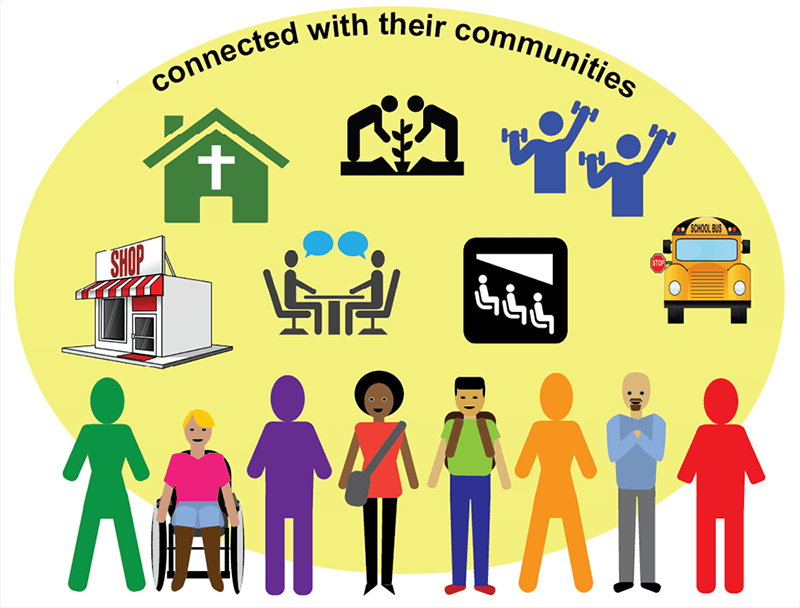
The goal of the HCBS Final Rule is to make sure that people with disabilities in residential and non-residential settings, day programs and work are connected with their communities.

The Rule does not apply to hospitals, nursing homes, Intermediate Care Facility for Individuals with Intellectual Disabilities or Institutions for mental diseases.
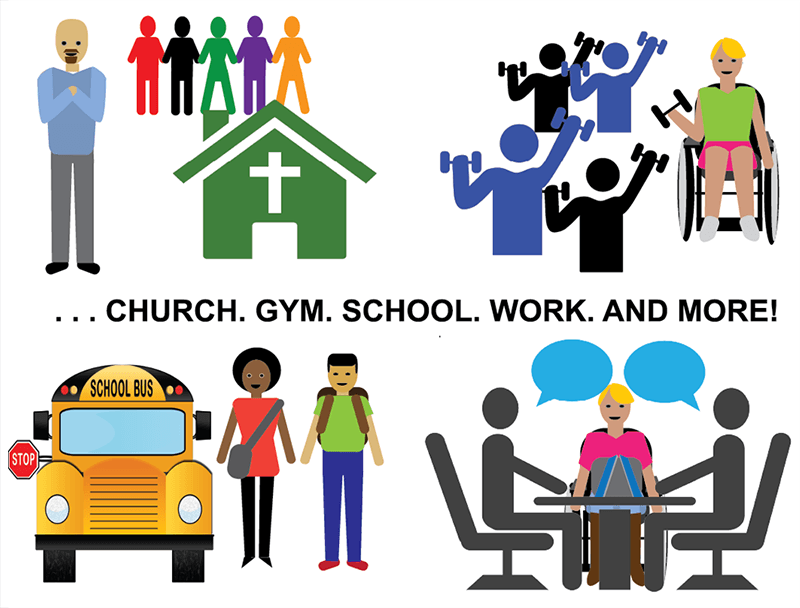
The Rule makes sure people with disabilities have as many opportunities and choices as they can.
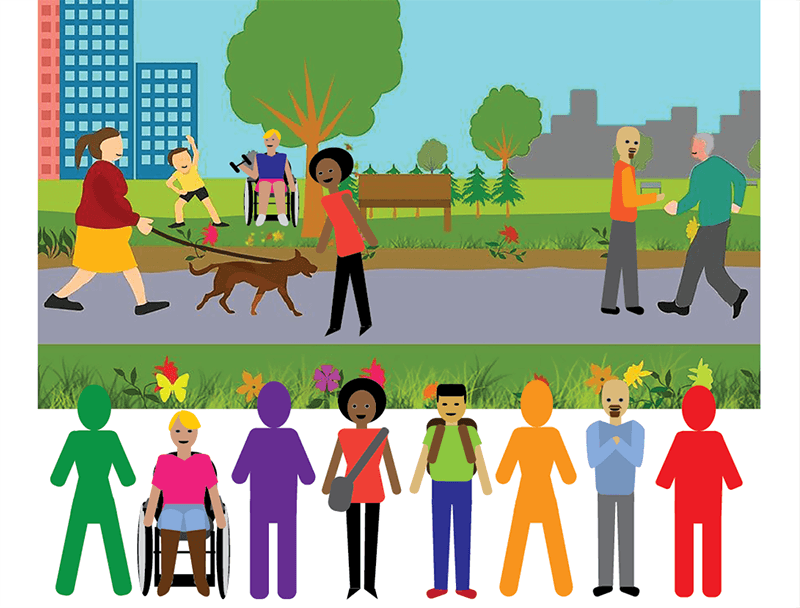
The Rule supports full access for people with disabilities to their communities so that they interact regularly with people without disabilities.

The Rule wants individuals to choose where they live, what they do, and how they work—this is called person-centered planning.
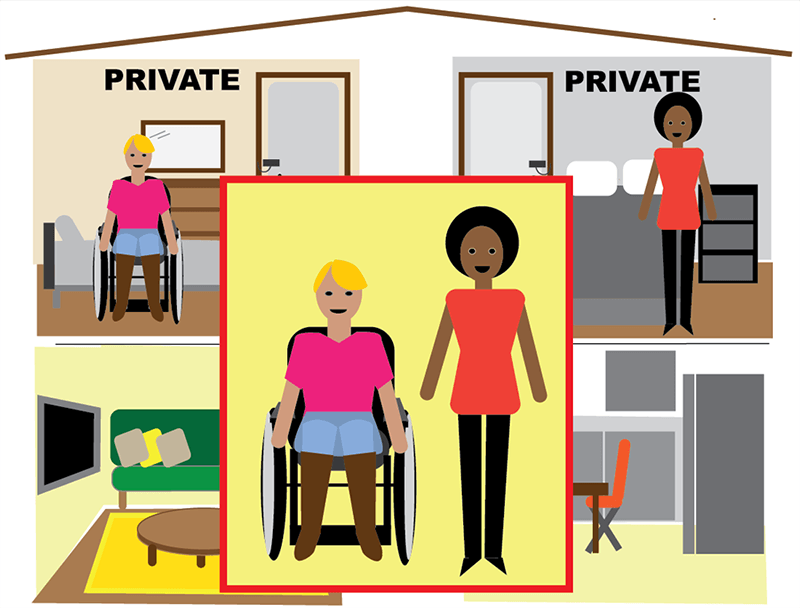
The Rule supports individuals to choose who their roommates are while also supporting each individual’s privacy in their living situation.
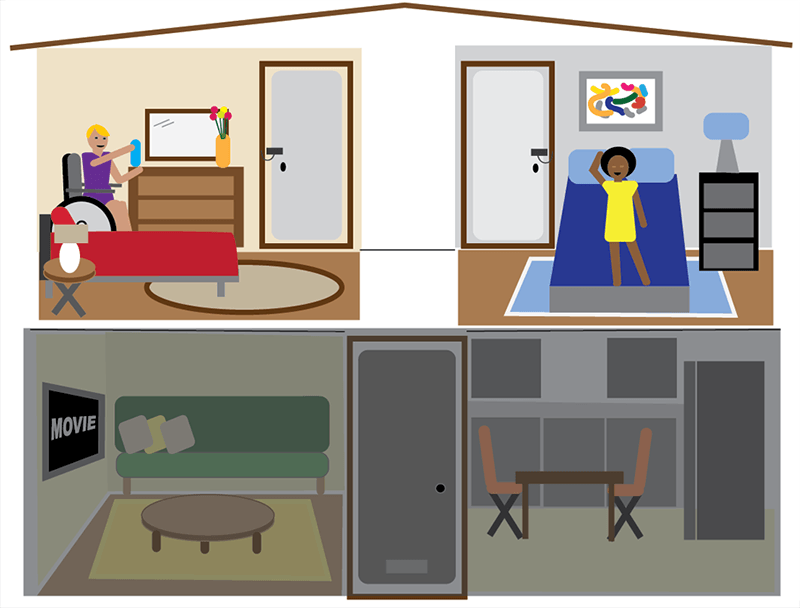
The Rule supports individuals to furnish and decorate their room however they want.

The Rule supports individuals to control their own activities and have the visitors they choose at any time.

The Rule requires individuals to get a lease or rental agreement to protect them from being forced to leave their home.
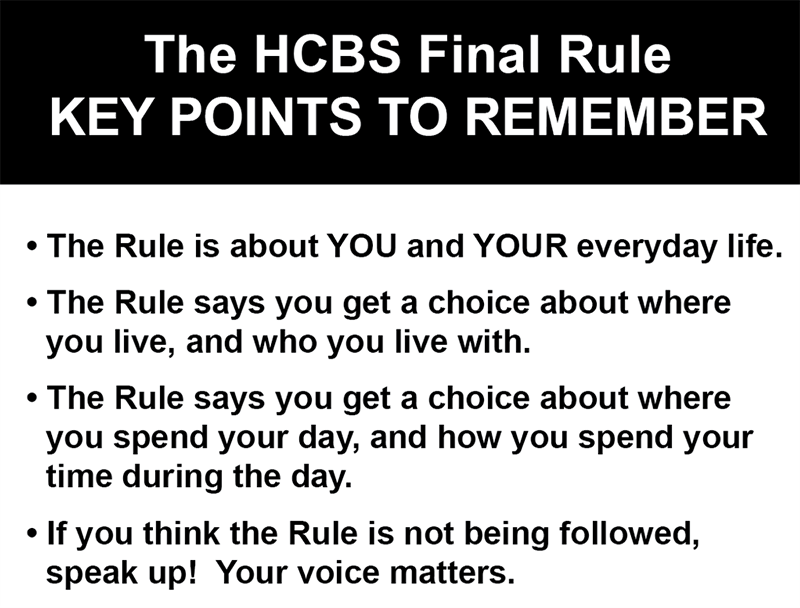
The HCBS Final Rule key points to remember: The Rule is about YOU and YOUR everyday life. The Rule says you get a choice about where you live, and who you live with. The Rule says you get a choice about where you spend your day, and how you spend your time during the day. If you think the Rule is not being followed, speak up! Your voice matters. For more information or help with this Rule, you can email [click-for-email].

This project is supported by a grant from the Pennsylvania Developmental Disabilities Council; in part by grant #2001PASCDD-02, from the U.S. Administration for Community Living, Department of Health and Human Services, Washington, D.C. 20201. Grantees undertaking projects with government sponsorship are encouraged to express freely their findings and conclusions. Points of view or opinions do not, therefore, necessarily represent official ACL policy.

